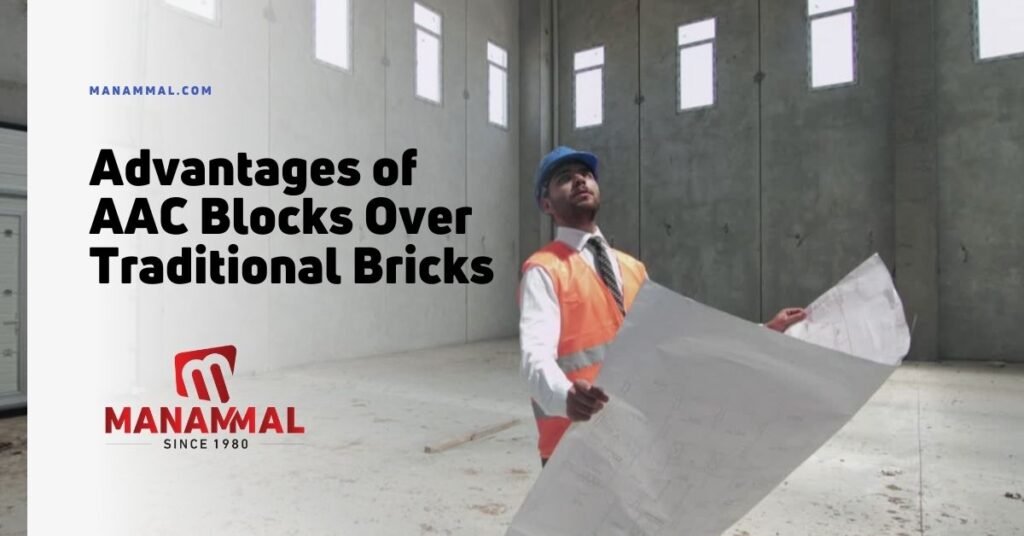Water damage is a silent destroyer, creeping into foundations, walls, and roofs, leading to mold growth, structural decay, and costly repairs. Fortunately, waterproofing chemicals offer a robust defense. This guide will help you understand your options, choose the right product, and apply it effectively.
Types of Waterproofing Chemicals
- Cementitious Coatings
- Best For: Basements, water tanks, concrete surfaces.
- Pros: Easy to mix, affordable, durable.
- Cons: Rigid; may crack under structural shifts.
- Liquid Membranes
- Best For: Roofs, balconies.
- Pros: Flexible, seamless application.
- Cons: Requires professional application for best results.
- Bituminous Coatings
- Best For: Foundations, low-slope roofs.
- Pros: Excellent water resistance, cost-effective.
- Cons: Not UV-resistant; needs topcoat for sun exposure.
- Polyurethane Liquid
- Best For: Roofs, terraces in rainy climates.
- Pros: Highly flexible, resistant to temperature changes.
- Cons: Expensive; sensitive to moisture during application.
- Acrylic Coatings
- Best For: Exterior walls, bathrooms.
- Pros: UV-resistant, quick-drying, easy DIY application.
- Cons: Less durable in extreme conditions.
- Silicone-Based Sealants
- Best For: Joints, cracks, gaps.
- Pros: Water-repellent, flexible.
- Cons: Not paintable.
Choosing the Right Product
- Surface Type: Concrete? Use cementitious. Wood? Opt for liquid membranes.
- Application Area: Roofs benefit from polyurethane; bathrooms from acrylic.
- Climate: Humid areas need breathable coatings; UV-resistant products for sunny regions.
- Budget: Balance cost with longevity. Polyurethane lasts longer but costs more.
Application Tips for Success
- Prep the Surface:
- Clean thoroughly, repair cracks, and ensure dryness.
- Prime if Needed:
- Enhances adhesion for certain products like bituminous coatings.
- Apply Methodically:
- Use brushes, rollers, or sprayers. Follow manufacturer thickness guidelines.
- Cure Properly:
- Allow 24–72 hours. Avoid foot traffic or water exposure during this period.
- Safety First:
- Wear gloves, masks, and ensure ventilation.
Maintenance & Longevity
- Inspect Annually: Check for cracks or wear.
- Reapply as Needed: Refresh coatings every 3–5 years, depending on wear.
- Clean Gutters: Prevent water buildup near treated areas.
Common Mistakes to Avoid
- Skipping surface prep (the #1 cause of failure!).
- Using the wrong product (e.g., bituminous coatings in visible areas).
- Ignoring manufacturer instructions (mixing ratios matter!).
FAQs
Q: How long does waterproofing last?
A: 5–10 years, depending on product and conditions.
Q: Can I use these indoors?
A: Yes! Choose low-VOC, odorless options like acrylic for bathrooms.
Q: DIY or hire a pro?
A: DIY for small areas (e.g., bathrooms). Pros for roofs or complex jobs.
Q: Can I layer different products?
A: Consult manufacturers—some combos (e.g., cementitious + acrylic) work well.
Conclusion
Investing in waterproofing chemicals saves money and stress in the long run. By understanding your needs, prepping surfaces, and following best practices, you can shield your home from water’s wrath. Whether tackling a leaky basement or a sun-beaten roof, the right product is out there—apply wisely and enjoy peace of mind!
Got more questions? Drop them below—we’re here to help! 🌧️🛡️


